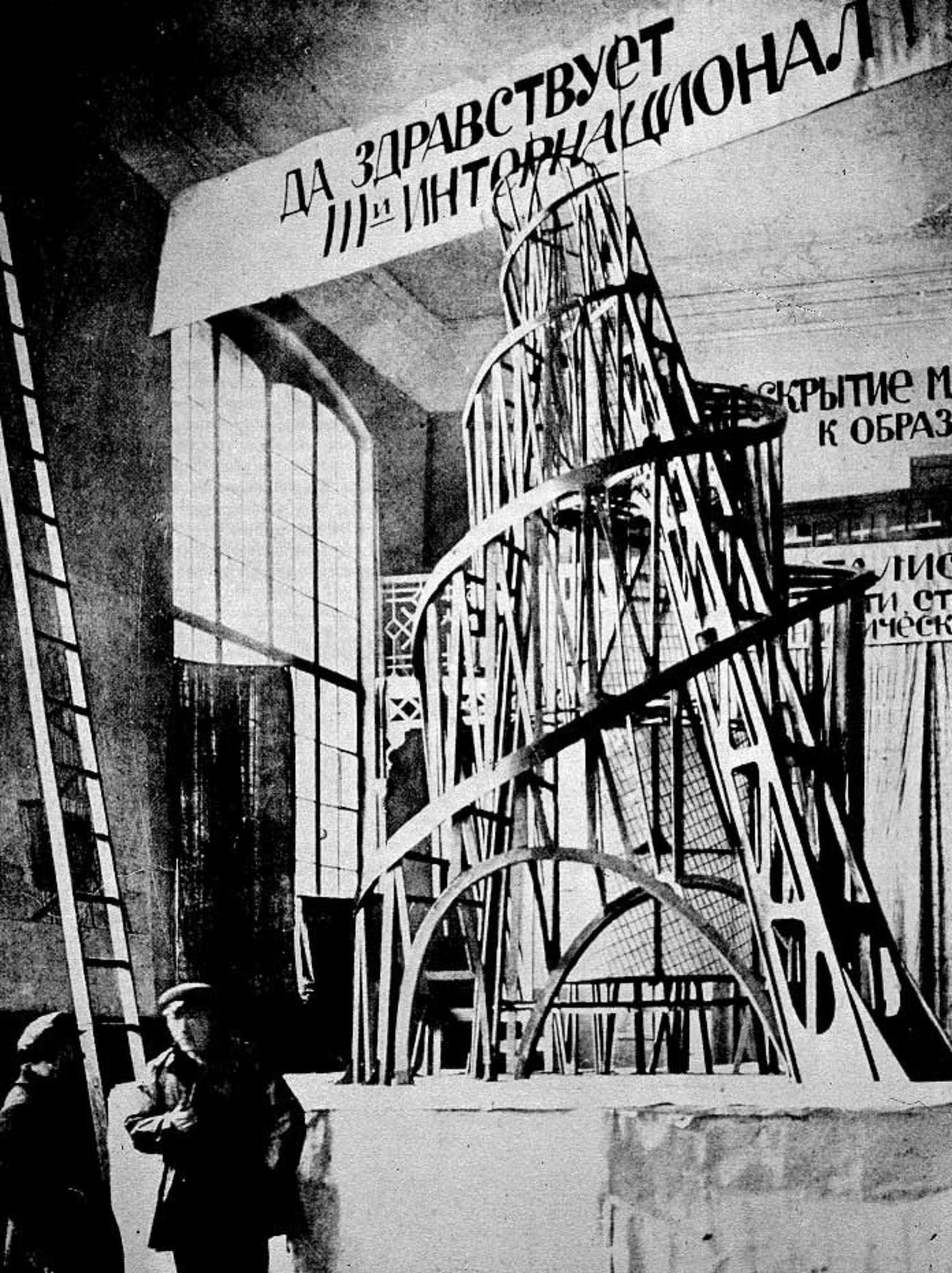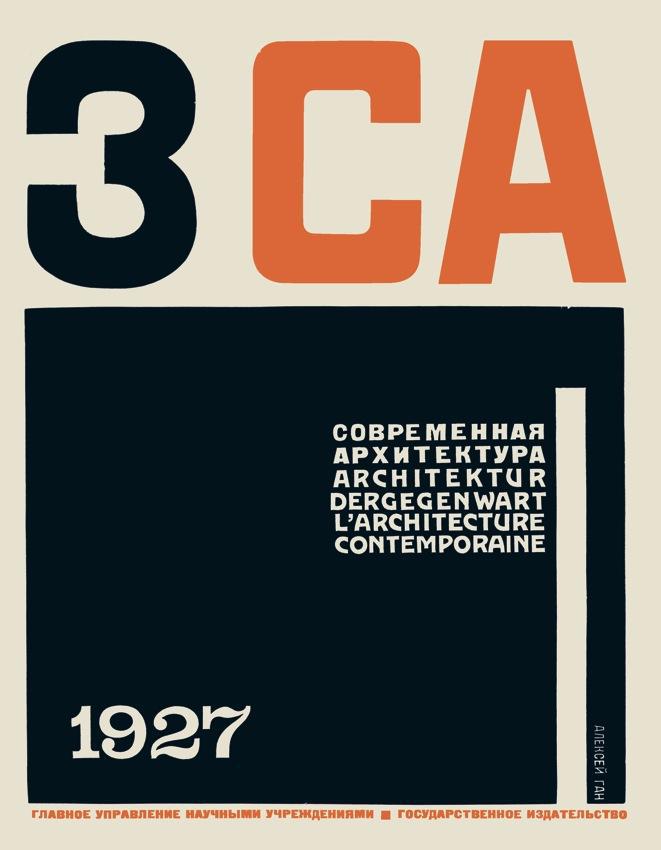|
ASNOVA
ASNOVA (russian: АСНОВА; abbreviation for russian: АСсоциация НОВых Архитекторов, ''Association of New Architects'') was an Avant-Garde architectural association in the Soviet Union, which was active in the 1920s and early 1930s, commonly called 'the Rationalists'. The association was started in 1923 by Nikolai Ladovsky, a teacher at VKhUTEMAS and member of INKhUK, along with other avant-garde architects such as Vladimir Krinsky and Viktor Balikhin. Ladovsky's teaching, although definitively Modernist was nevertheless more 'intuitive' than Functionalist, and was partly based on Gestalt psychology. In 1919 Ladovsky defined architectural rationalism as 'the economy of psychic energy in the perception of spatial and functional aspects of a building', as opposed to a 'technical rationalism'. The group's researches were particularly influenced by the work of Hugo Münsterberg, and Ladovsky built a psychotechnical laboratory in 1926 based on Münst ... [...More Info...] [...Related Items...] OR: [Wikipedia] [Google] [Baidu] |
Viktor Balikhin (architect)
Viktor Stepanovich Balikhin (Russian: Виктор Степанович Балихин, 1893–1953) was a Russian avant-garde architect. He taught at the VKhUTEMAS and was one of the founders of the Association of New Architects (ASNOVA), whose members included Nikolai Ladovsky, Konstantin Melnikov, and El Lissitzky. Biography Viktor Balikhin was born in Moscow in 1893. He studied architecture at the Moscow School of Painting, Sculpture and Architecture and at Nikolai Ladovsky's United Workshops (OBMAS) at the VKhUTEMAS, from which he graduated with a project for an airport in 1924. From 1923 to 1929, Balikhin taught the propaedeutic course "Space" at the VKhUTEMAS. Balikhin was one of the founders of the Association of New Architects (ASNOVA, 1923–1932), alongside Nikolai Ladovsky, Vladimir Krinsky, Nikolai Dokuchaev, and others. Konstantin Melnikov joined the association between 1923 and 1924. El Lissitzky designed the only issue of the association's journal ''Izv ... [...More Info...] [...Related Items...] OR: [Wikipedia] [Google] [Baidu] |
Nikolai Ladovsky
Nikolai Alexandrovich Ladovsky (; 15 January 1881 – 18 October 1941) was a Russian avant-garde architect and educator, leader of the rationalist movement in 1920s architecture, an approach emphasizing human perception of space and shape. Ladovsky is known as the founder of modern Soviet and Russian schools of architectural training; his classes of 1920–1932 in VKhUTEMAS shaped the generation of Soviet architects active throughout the period of Stalinist architecture and subsequent decades. Biography Early years Ladovsky was born and died in Moscow. His life prior to his training in the Moscow School of Painting, Sculpture and Architecture (1914–1917) remains unknown. His private archives were lost in World War II; all recorded information relies on two statements made by the architect himself: * In 1914, applying to the School at the age of 33, Ladovsky asserted that he worked in architecture for 16 years (i.e. from the age of 16 or 17), and was awarded three prof ... [...More Info...] [...Related Items...] OR: [Wikipedia] [Google] [Baidu] |
El Lissitzky
Lazar Markovich Lissitzky (russian: link=no, Ла́зарь Ма́ркович Лиси́цкий, ; – 30 December 1941), better known as El Lissitzky (russian: link=no, Эль Лиси́цкий; yi, על ליסיצקי), was a Russian artist, designer, photographer, typographer, polemicist and architect. He was an important figure of the Russian avant-garde, helping develop suprematism with his mentor, Kazimir Malevich, and designing numerous exhibition displays and propaganda works for the Soviet Union. His work greatly influenced the Bauhaus and constructivist movements, and he experimented with production techniques and stylistic devices that would go on to dominate 20th-century graphic design. Lissitzky's entire career was laced with the belief that the artist could be an agent for change, later summarized with his edict, "" (goal-oriented creation).Glazova Lissitzky, of Lithuanian Jewish оrigin, began his career illustrating Yiddish children's books in an effort to ... [...More Info...] [...Related Items...] OR: [Wikipedia] [Google] [Baidu] |
Constructivist Architecture
Constructivist architecture was a constructivist style of modern architecture that flourished in the Soviet Union in the 1920s and early 1930s. Abstract and austere, the movement aimed to reflect modern industrial society and urban space, while rejecting decorative stylization in favor of the industrial assemblage of materials. Designs combined advanced technology and engineering with an avowedly communist social purpose. Although it was divided into several competing factions, the movement produced many pioneering projects and finished buildings, before falling out of favour around 1932. It has left marked effects on later developments in architecture. Definition Constructivist architecture emerged from the wider Constructivist art movement, which grew out of Russian Futurism. Constructivist art had attempted to apply a three-dimensional cubist vision to wholly abstract non-objective 'constructions' with a kinetic element. After the Russian Revolution of 1917 it turned it ... [...More Info...] [...Related Items...] OR: [Wikipedia] [Google] [Baidu] |
Palace Of Soviets
The Palace of the Soviets (russian: Дворец Советов, ''Dvorets Sovetov'') was a project to construct a convention center, political convention center in Moscow on the site of the demolished Cathedral of Christ the Saviour. The main function of the palace was to house sessions of the Supreme Soviet of the Soviet Union, Supreme Soviet in its wide and tall grand hall seating over 20,000 people. If built, the tall palace would have become the world's tallest structure, with an internal volume surpassing the combined volumes of the six tallest American skyscrapers. Boris Iofan won a series of four Architectural design competition, architectural competitions held in 1931–1933 marking the beginning of a sharp turn of Soviet architecture from 1920s Modern architecture, modernism to the monumental Historicism (art), historicism of Stalinist architecture. The individuals behind these events and their motives remain a matter of conjecture and debate. Recent research suppor ... [...More Info...] [...Related Items...] OR: [Wikipedia] [Google] [Baidu] |
OSA Group
The OSA Group (Organization of Contemporary Architects) was an architectural association in the Soviet Union, which was active from 1925 to 1930 and considered the first group of constructivist architects. It published the journal ''SA'' (''Sovremmennaia Arkhitektura'' or 'Contemporary Architecture'). It published material by Soviet and overseas contributors. However this led to them being attacked as a 'Western' group and some individuals as being 'bourgeois'. After the closure of the group, their modernist approach to architecture and town planning was eliminated in the Soviet Union by 1934, in favour of social realism. Contemporary architecture Like the ASNOVA group, OSA grew out of the avant-garde wing of the VKhUTEMAS school in Moscow. The group's founders were Moisei Ginzburg, well known for his book ''Style and Epoch'' (a Soviet response to Le Corbusier's ''Vers une Architecture'') and the painter, designer and architect Alexander Vesnin. Unlike the earlier associat ... [...More Info...] [...Related Items...] OR: [Wikipedia] [Google] [Baidu] |
Konstantin Melnikov
Konstantin Stepanovich Melnikov (Russian: Константин Степанович Мельников; – November 28, 1974) was a Russian architect and painter. His architectural work, compressed into a single decade (1923–33), placed Melnikov on the front end of 1920s avant-garde architecture. Although associated with the Constructivists, Melnikov was an independent artist, not bound by the rules of a particular style or artistic group. In 1930s, Melnikov refused to conform with the rising Stalinist architecture, withdrew from practice and worked as a portraitist and teacher until the end of his life. Biography Childhood Konstantin Melnikov was born and died in Moscow. He was the fourth child of the family. His father, Stepan Illarionovich Melnikov, originally from Nizhny Novgorod region, was a road maintenance foreman, employed by the Moscow Agricultural Academy. Mother, Yelena Grigorievna (née Repkina), came from the peasants of Zvenigorod district. The whole ... [...More Info...] [...Related Items...] OR: [Wikipedia] [Google] [Baidu] |
Vladimir Krinsky
Vladimir Fyodorovich Krinsky (Владимир Фёдорович Кринский; 19 December 1890 – 2 April 1971) was a Russian artist and architect active with the ASNOVA architectural organisation and linked with the Cologne Progressives. Krinsky was born in Ryazan, Ryazan Oblast. From 1910 to 1917 he studied architecture at the Imperial Academy of Arts. After the Russian Revolution he worked for both the Moscow City Duma and Narkompros. He went on to teach at Vkhutemas. He died in Moscow in 1971 and is buried in the Novodevichy Cemetery Novodevichy Cemetery ( rus, Новоде́вичье кла́дбище, Novodevichye kladbishche) is a cemetery in Moscow. It lies next to the southern wall of the 16th-century Novodevichy Convent, which is the city's third most popular touris .... Architectural work * Lock No. 8, Moscow (1937) * North River Station, Moscow (1937) References {{DEFAULTSORT:Krinsky, Vladimir Russian architects 1890 births 1971 deaths Burials ... [...More Info...] [...Related Items...] OR: [Wikipedia] [Google] [Baidu] |
Oxford University Press
Oxford University Press (OUP) is the university press of the University of Oxford. It is the largest university press in the world, and its printing history dates back to the 1480s. Having been officially granted the legal right to print books by decree in 1586, it is the second oldest university press after Cambridge University Press. It is a department of the University of Oxford and is governed by a group of 15 academics known as the Delegates of the Press, who are appointed by the vice-chancellor of the University of Oxford. The Delegates of the Press are led by the Secretary to the Delegates, who serves as OUP's chief executive and as its major representative on other university bodies. Oxford University Press has had a similar governance structure since the 17th century. The press is located on Walton Street, Oxford, opposite Somerville College, in the inner suburb of Jericho. For the last 500 years, OUP has primarily focused on the publication of pedagogical texts a ... [...More Info...] [...Related Items...] OR: [Wikipedia] [Google] [Baidu] |
Berthold Lubetkin
Berthold Romanovich Lubetkin (14 December 1901 – 23 October 1990) was a Georgian-British architect who pioneered modernist design in Britain in the 1930s. His work includes the Highpoint housing complex, the Penguin Pool at London Zoo, Finsbury Health Centre and Spa Green Estate. Early years Although certificates exist stating that his birth was in Warsaw in 1903, Lubetkin described these as false documents which he had used to conceal time spent in the Red Army. It is believed he was born in Tbilisi (now the capital of Georgia), into a Jewish family. His father, Roman (Reuben) Aronovich Lubetkin (1885, Saint Petersburg – 1942, Auschwitz), was a civil engineer for the railroad. Lubetkin studied in Moscow and Leningrad where he witnessed the Russian Revolution of 1917 and absorbed elements of Constructivism, both as a participant in street festivals and as a student at VKhUTEMAS. Lubetkin practised in Paris in the 1920s in partnership with Jean Ginsburg, with whom he de ... [...More Info...] [...Related Items...] OR: [Wikipedia] [Google] [Baidu] |
.jpg)

.jpg)



.jpg)
